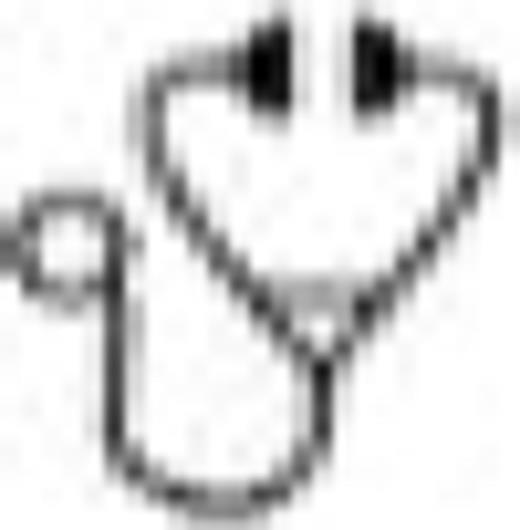Abstract

Kinase domain (KD) mutations in the BCR-ABL1 gene are associated with resistance to tyrosine kinase inhibitors (TKI) in chronic myeloid leukemia (CML). Next-generation Sequencing (NGS) allows detection of low-level KD mutations but its relevance in clinical practice remains debated, and the incidence and prognostic significance of finding of low-level KD mutation in chronic phase (CP) patients is unknown.
We analyzed the outcome for 121 newly diagnosed CP-CML patients treated with TKIs (imatinib 111, nilotinib 7 and dasatinib 3) who we routinely screened for KD mutations using ultra-deep NGS regardless of response to TKI. When a mutation was found by ultra-deep NGS (using Illumina NexteraXT and MiSeq platform) all available previous cDNA samples were analyzed to establish the date of its first occurrence and subsequent kinetics. ABL1 transcripts from 27 healthy donors were sequenced and used as a control. Sequencing for both single and nested PCR products were compared, and samples were re-sequenced in two independent runs in order to analyze reproducibility of variants detection.
Median age of patients was 56 years and the Sokal risk score was 'low' in 38% patients, 'intermediate' in 15.5% and 'high' in 46.5%.
A mutation was detected in 25 of the 121 patients (20.6%) at a median time of 14 months from starting TKI. 19 different mutations were identified, the most frequents being F317L (n=17), Y253H (n=15), M244V (n=14) and T315I (n=10).
All mutations previously detected by Sanger sequencing were also found using ultra-deep NGS. In addition low-level mutations (<20%) were found using ultra-deep NGS in 23 samples (16 patients), while not being detected using Sanger sequencing. Multiple mutations were found in 14 samples (10 patients).
Eighteen patients discontinued imatinib while still in CP and received dasatinib, nilotinib or an allogeneic stem cell transplantation. The overall progression-free survival (absence of advanced phase) at 5 years was 85%. Complete cytogenetic responses (CCyR) and major molecular responses (MMR) with front-line TKI therapy were achieved in 74 (61%) and 52 (43%) patients respectively.
We stratified patients according to response to TKI therapy as per 2009 ELN guidelines (Baccarani et al., 2009): patients with optimal response ('responders', R), failure at any time ('non-responders', NR) and sub-optimal response (SR). Patients with known TKI dose-interruption were analyzed separately. Mutations were classified and analyzed according to clinical relevance (clinically relevant versus clinically non relevant mutations, Branford et al., 2009).
Among non-responders (NR), 37% of patients developed a mutation (29% among patients who lost CCyR), compared to only 5% among responders (2 patients, both with KD mutations sensitive to imatinib). Among patients with suboptimal response (SR), 19% developed a mutation while being in CCyR but not in MMR with all clinically relevant mutated clone percentages increasing in patients being treated with a TKI to which the KD mutation was conferring resistance. Similarly in all NR patients the mutated clone percentage rose in sequential samples if a clinically relevant mutation was detected.
Patients harboring a mutant clone had a poorer PFS at 5 years compared to patients without mutation (67% versus 92%, p<.001). By multivariate analysis, factors associated with worse EFS (progression to AP/BP, death or loss of CCyR) were the presence of a KD mutation and failure to achieve CCyR at 12 months (relative risks 5.4 and 3.6, p=.003 and p=.015, respectively).
We next evaluated the incidence and impact of finding of KD mutations at the early molecular response time point (3-months BCR-ABL1 transcript level). Samples from 41 patients were analyzed at 3 months of which 20 with a BCR-ABL1 transcript level > 10%. A KD mutation was found at 3 months in 4/41 patients (9.7%) all of whom progressed subsequently to advanced phase compared to only 3/37 in patients without mutation (p<0.001). Of note 3/4 patients with a KD mutation had a 3-months BCR-ABL1 transcript level >10%, while only one patient had a 3-months BCR-ABL transcript level <10%.
In conclusion, ultra-deep NGS can reliably and consistently detect early appearance of KD mutation in patients who fail to achieve early molecular response at 3 months as well as in non responder patients or patients who are in CCyR but not in MMR, thus allowing potential early clinical intervention.
Best:Onconova Therapeutics Inc: Research Funding. Pocock:Janssen: Honoraria. McLornan:Novartis: Research Funding, Speakers Bureau. Mufti:Novartis: Membership on an entity's Board of Directors or advisory committees, Speakers Bureau; Amgen: Membership on an entity's Board of Directors or advisory committees, Speakers Bureau; Celgene: Membership on an entity's Board of Directors or advisory committees, Research Funding, Speakers Bureau; GlaxoSmithKline: Consultancy, Membership on an entity's Board of Directors or advisory committees, Speakers Bureau. de Lavallade:Ariad: Research Funding; Novartis: Consultancy.
Author notes
Asterisk with author names denotes non-ASH members.

This icon denotes a clinically relevant abstract

This feature is available to Subscribers Only
Sign In or Create an Account Close Modal